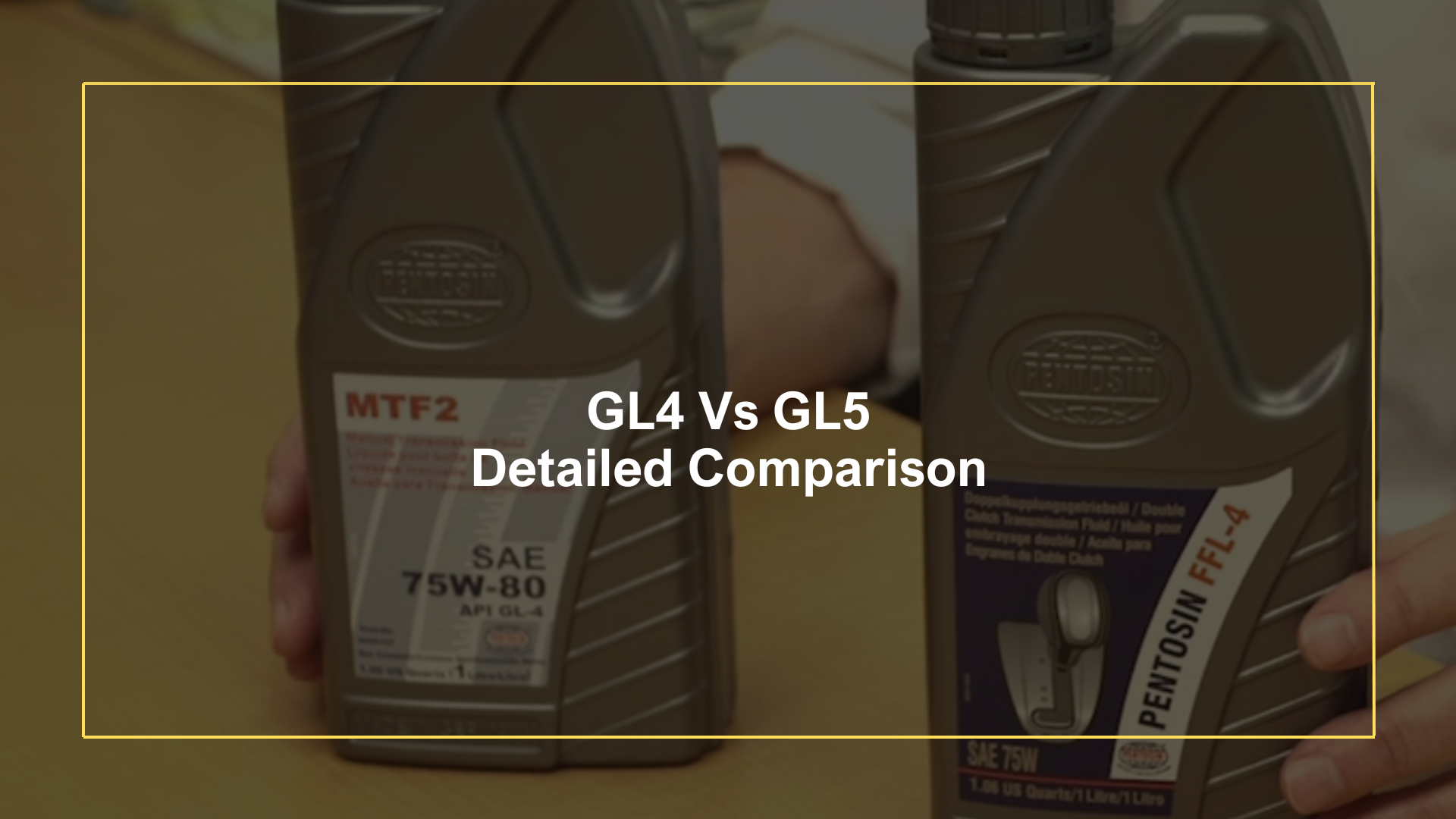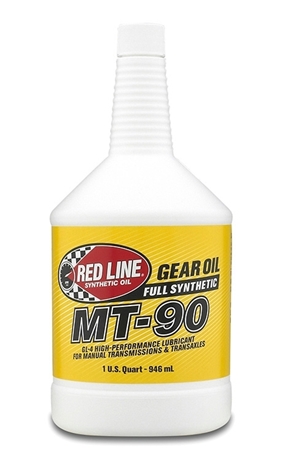Per the title, the S51 in my '99 Camry (along with the L4 2.2 litre - 5SFE??) I find to be an excellent pairing. Obviously this wasn't a popular way of outfitting the Camry of that era... but in my view, what a shame! Aisin knows how to build a quality 'box. Smooth as silk... 'Way better than the 6MT in my Mazda6...
The "speed" gears are on caged roller- (or needle?) bearings, the synchro dog teeth are generally husky and engagements of same are deep enough for ea. gear selected. Very smooth. And gear ratios are evenly spaced and well-chosen.
While Aisin builds generally excellent automatics, well, their manuals are overlooked by some.
The "speed" gears are on caged roller- (or needle?) bearings, the synchro dog teeth are generally husky and engagements of same are deep enough for ea. gear selected. Very smooth. And gear ratios are evenly spaced and well-chosen.
While Aisin builds generally excellent automatics, well, their manuals are overlooked by some.











